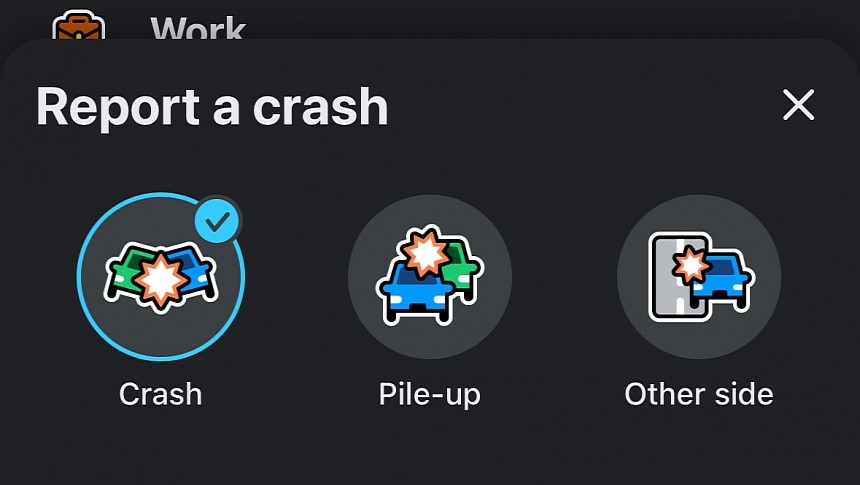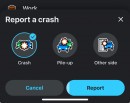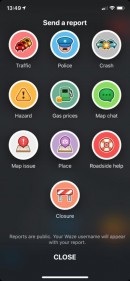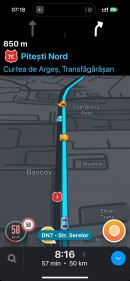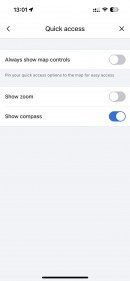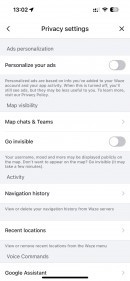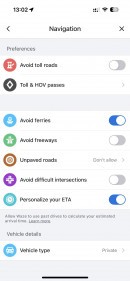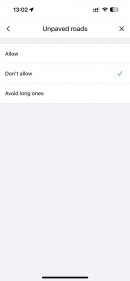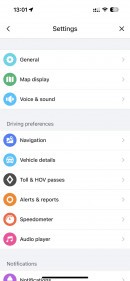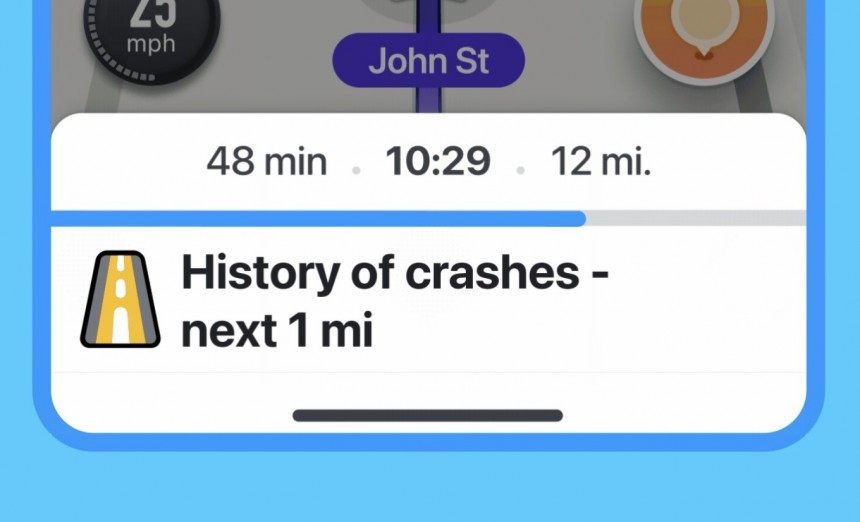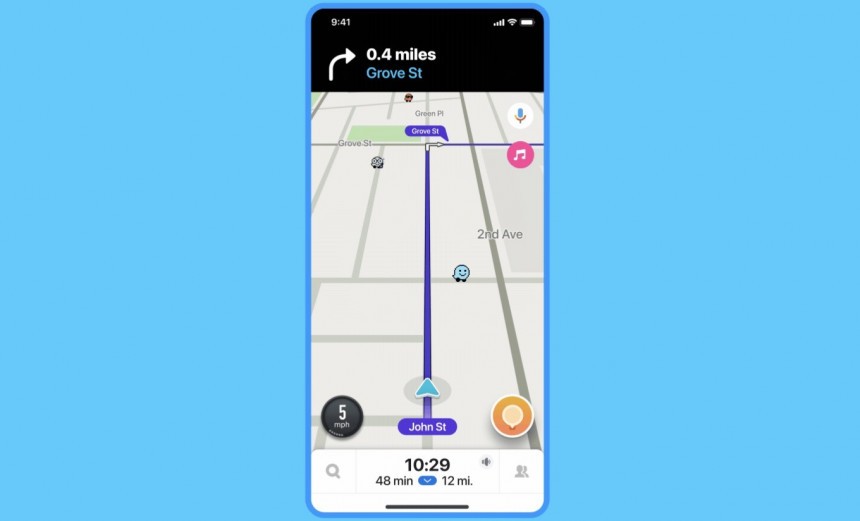Many people believe Waze's days are numbered, especially considering Google's increased focus on Google Maps, but the search giant has recently proved them wrong with an innovative new feature exclusive to Waze.
Waze can now alert users of accident-prone roads, allowing them to slow down in advance and pay more attention to the road.
Before anything, it's important to understand why this feature is such an important addition to the Waze arsenal.
Dedicated signage for accident-prone roads has been around for many years, though authorities worldwide use different approaches to inform drivers they must slow down. Some officials erected signs showing two cars involved in a crash, while others rely on a text-based warning telling drivers they enter an "accident-prone area." In Europe, authorities use a black circle in a warning triangle to warn of an increased likelihood of accidents.
The new Waze feature must be used in addition to the road signs and is not supposed to replace them. Drivers must first pay attention to road signage and don't take anything provided by a navigation app for granted.
The new Waze feature does not use official data provided by authorities, so you may not see the alerts in the same place as the road signs warning of accident-prone areas.
The application relies exclusively on user reports. The crowdsourcing engine in Waze allows users to submit traffic reports so they can mark the location of various incidents, including broken traffic lights, vehicles stopped on the road, roadkill, and accidents.
The new feature uses the location of accident reports to generate statistics that eventually allow for a system to determine where collisions typically occur. Waze labels these locations as accident-prone roads, generating alerts for users whose routes go through the flagged points.
On the other hand, you could see road signs warning of dangerous sectors without getting a notification in Waze. Because the application relies on user-generated alerts, if users don't report the crashes, it has no idea it must show an alert.
Waze explains that the warnings of accident-prone roads won't appear for your daily commute. It's because the feature wasn't designed for roads you drive on frequently – Waze assumes you're already familiar with every road sector, so it doesn't make sense to show additional warnings when you know precisely where you must slow down in advance.
Additionally, the Google-owned company says you won't receive notifications for every road with a history of crashes if your route has several. It means the application will display the warnings only for the most critical ones, with a much higher likelihood of crashes. No other specifics were provided, but the goal is probably to make the feature less intrusive, as bombarding the user with safety warnings could eventually become frustrating, especially during long journeys.
However, Waze doesn't make a difference between minor and major crashes. Users can submit reports for both types of accidents, but Waze puts all reports in the same category to conduct its analysis for this safety feature. As a result, you'll see warnings for generic accidents without letting you know if they are minor or major. The purpose is to make you slow down and pay more attention to the road to avoid any kind of collision.
The new warnings are enabled by default for all users regardless of their mobile platform. Google brought them to Android and iPhone, and they should also make their way to Android Auto and CarPlay.
The feature was spotted in the testing phase nearly one year ago, so Waze probably conducted enough data to enable it for everyone and make sure it works correctly.
However, Google knows not everybody wants to see these alerts when running the app, so the company updated Waze with a dedicated option to disable the new alerts. You can turn off the warnings by heading to the Waze settings screen on the mobile device and disabling the dedicated setting from the "Alerts and reports" section.
Keep in mind that you may not see the new alerts in Waze for quite some time despite the feature already being available for everybody. The Google-owned company must collect accident information before it can show the notification, so it could take a while until it becomes more widespread. You are more likely to see the warning while driving in a city, especially on routes with busy intersections.
The alert takes more factors into consideration, so it'll show up based on current traffic, days of the week, time of day, and road conditions. It means you're more likely to get the warning when driving on busy roads at rush hour, rather than when you go for a ride on a sunny Sunday morning when you're almost all alone on the road, so the likelihood of accidents is very reduced.
Before anything, it's important to understand why this feature is such an important addition to the Waze arsenal.
Dedicated signage for accident-prone roads has been around for many years, though authorities worldwide use different approaches to inform drivers they must slow down. Some officials erected signs showing two cars involved in a crash, while others rely on a text-based warning telling drivers they enter an "accident-prone area." In Europe, authorities use a black circle in a warning triangle to warn of an increased likelihood of accidents.
The new Waze feature must be used in addition to the road signs and is not supposed to replace them. Drivers must first pay attention to road signage and don't take anything provided by a navigation app for granted.
How the feature works
The application relies exclusively on user reports. The crowdsourcing engine in Waze allows users to submit traffic reports so they can mark the location of various incidents, including broken traffic lights, vehicles stopped on the road, roadkill, and accidents.
The new feature uses the location of accident reports to generate statistics that eventually allow for a system to determine where collisions typically occur. Waze labels these locations as accident-prone roads, generating alerts for users whose routes go through the flagged points.
On the other hand, you could see road signs warning of dangerous sectors without getting a notification in Waze. Because the application relies on user-generated alerts, if users don't report the crashes, it has no idea it must show an alert.
Additionally, the Google-owned company says you won't receive notifications for every road with a history of crashes if your route has several. It means the application will display the warnings only for the most critical ones, with a much higher likelihood of crashes. No other specifics were provided, but the goal is probably to make the feature less intrusive, as bombarding the user with safety warnings could eventually become frustrating, especially during long journeys.
However, Waze doesn't make a difference between minor and major crashes. Users can submit reports for both types of accidents, but Waze puts all reports in the same category to conduct its analysis for this safety feature. As a result, you'll see warnings for generic accidents without letting you know if they are minor or major. The purpose is to make you slow down and pay more attention to the road to avoid any kind of collision.
How to activate and disable it
The feature was spotted in the testing phase nearly one year ago, so Waze probably conducted enough data to enable it for everyone and make sure it works correctly.
However, Google knows not everybody wants to see these alerts when running the app, so the company updated Waze with a dedicated option to disable the new alerts. You can turn off the warnings by heading to the Waze settings screen on the mobile device and disabling the dedicated setting from the "Alerts and reports" section.
Keep in mind that you may not see the new alerts in Waze for quite some time despite the feature already being available for everybody. The Google-owned company must collect accident information before it can show the notification, so it could take a while until it becomes more widespread. You are more likely to see the warning while driving in a city, especially on routes with busy intersections.
The alert takes more factors into consideration, so it'll show up based on current traffic, days of the week, time of day, and road conditions. It means you're more likely to get the warning when driving on busy roads at rush hour, rather than when you go for a ride on a sunny Sunday morning when you're almost all alone on the road, so the likelihood of accidents is very reduced.
